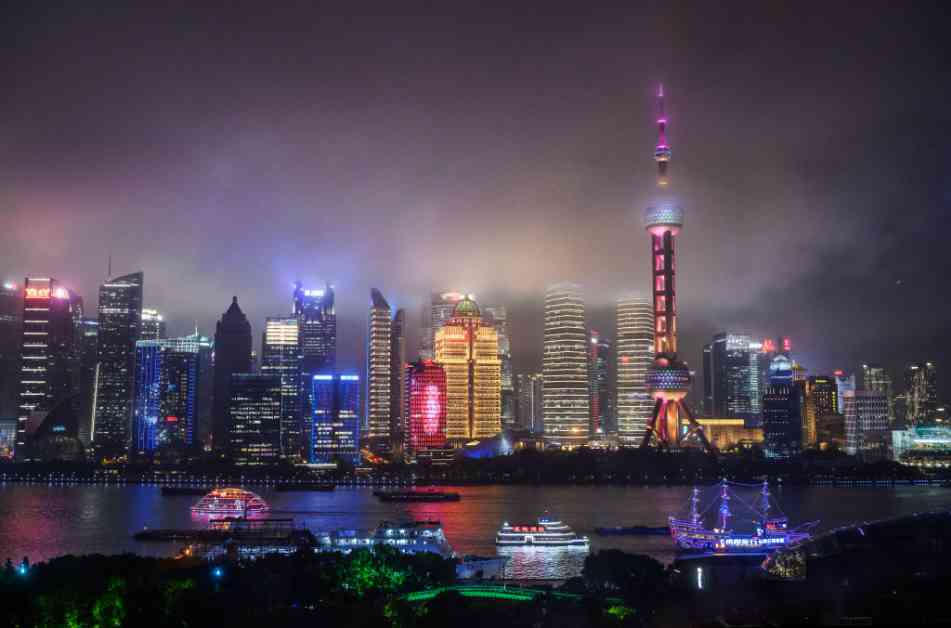The Chinese economy has been facing significant challenges due to the impact of the industrial slowdown. This slowdown has been caused by a combination of internal and external factors, leading to various consequences for the country’s economic growth and stability.
Causes of Industrial Slowdown
One of the primary causes of the industrial slowdown in China is the ongoing trade tensions with the United States. The trade war between the two countries has resulted in higher tariffs on Chinese goods, leading to a decrease in exports and a decline in industrial production. This has had a ripple effect on various sectors of the Chinese economy, impacting businesses and consumers alike.
Another factor contributing to the industrial slowdown is the shift in global demand for Chinese goods. As other countries develop their own manufacturing capabilities, China has faced increased competition in the international market. This has put pressure on Chinese industries to innovate and adapt to changing market dynamics, which has proven to be a challenge for many companies.
Additionally, domestic factors such as overcapacity in certain industries and environmental regulations have also played a role in the industrial slowdown. The Chinese government has been working to address these issues through various policy measures, but the effects of these efforts have been slow to materialize.
Consequences of Industrial Slowdown
The industrial slowdown in China has had far-reaching consequences for the country’s economy. One of the most significant impacts has been on employment, with many companies laying off workers or reducing their workforce in response to declining demand. This has led to social unrest and economic uncertainty in many parts of the country.
The slowdown has also affected consumer confidence, leading to a decrease in spending and investment. This has had a negative impact on retail sales and overall economic growth, as businesses struggle to maintain profitability in the face of reduced demand.
Furthermore, the industrial slowdown has had an impact on China’s global standing as a manufacturing powerhouse. As other countries develop their own manufacturing capabilities, China’s dominance in certain industries has been challenged, leading to a loss of market share and influence on the global stage.
Government Response and Future Outlook
In response to the industrial slowdown, the Chinese government has implemented a series of measures to support the economy and stimulate growth. These measures include tax cuts, infrastructure spending, and monetary easing to encourage investment and consumption. Additionally, the government has taken steps to address overcapacity in certain industries and promote innovation and technology development.
Looking ahead, the outlook for the Chinese economy remains uncertain. While the government’s efforts to support growth are expected to have a positive impact in the short term, challenges such as trade tensions and global economic uncertainty continue to pose risks to China’s economic stability. It will be crucial for the government to continue implementing reforms and policies that support sustainable growth and address the root causes of the industrial slowdown.












